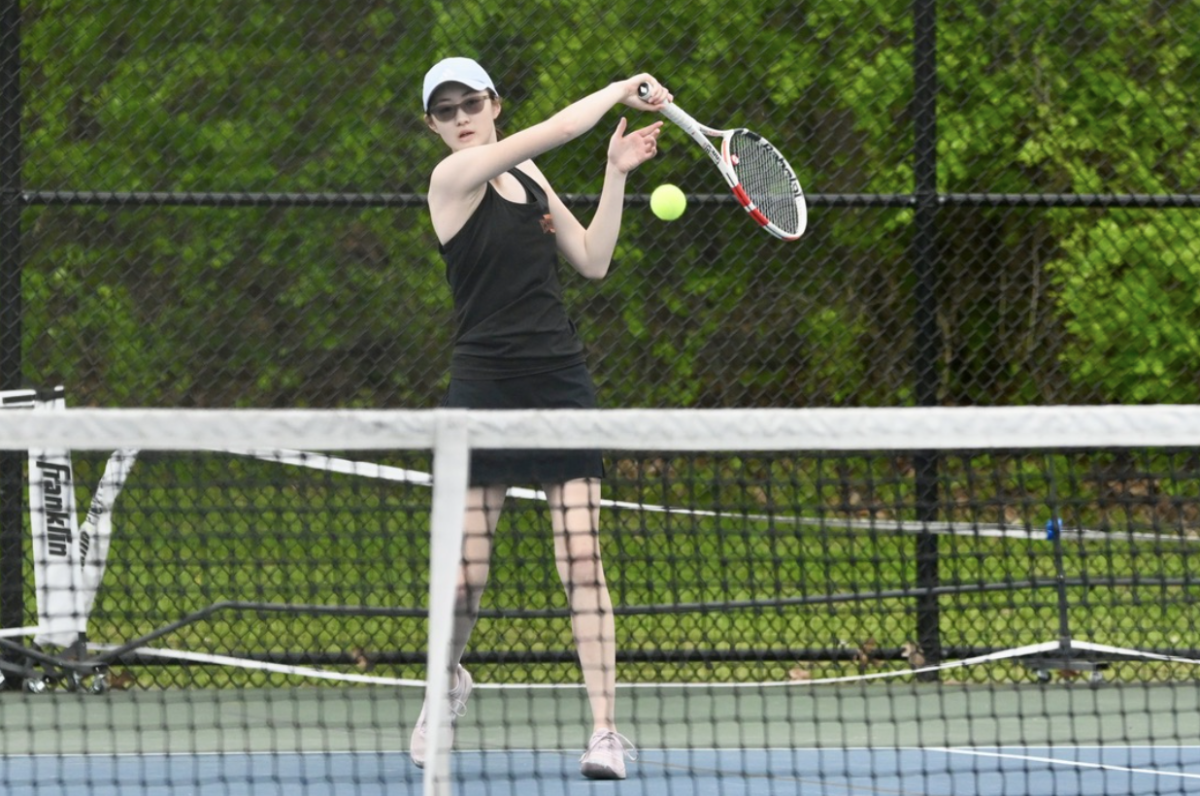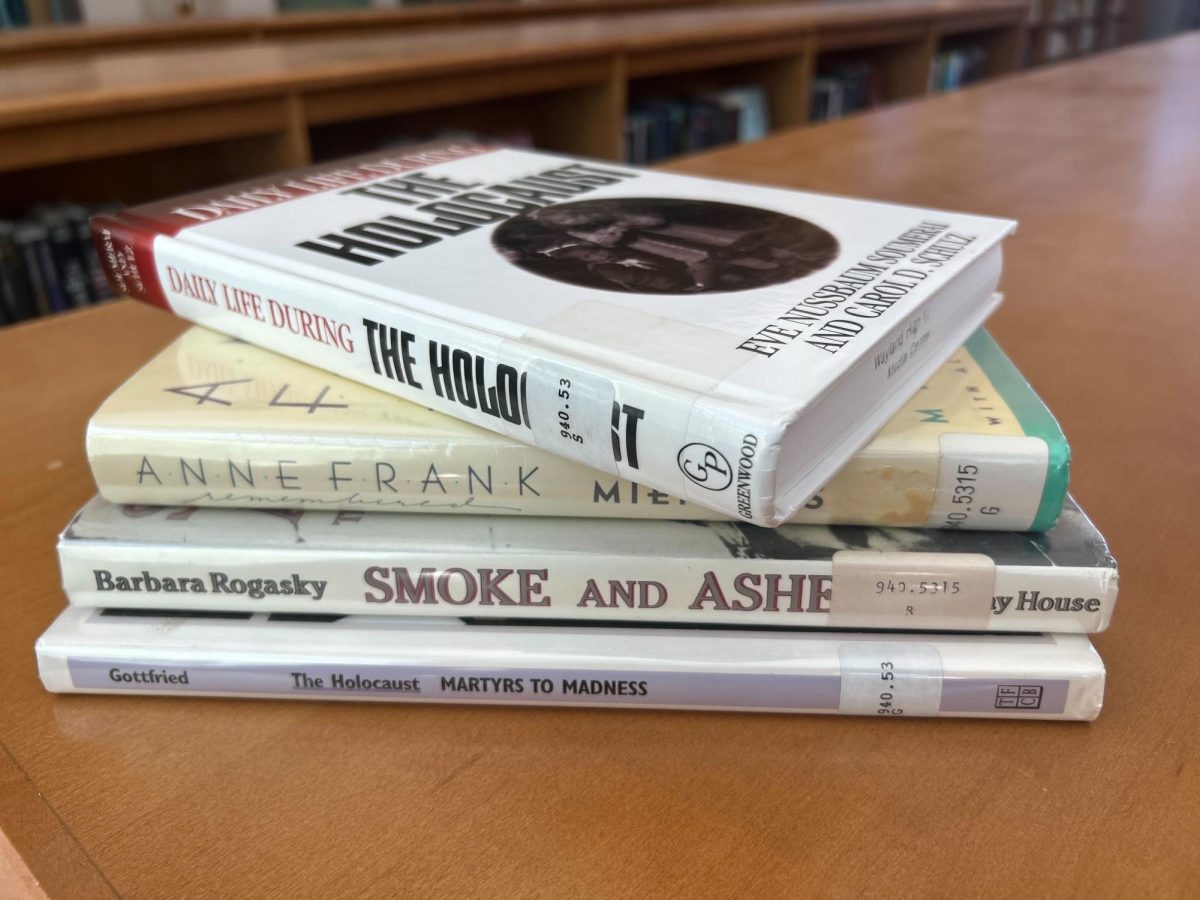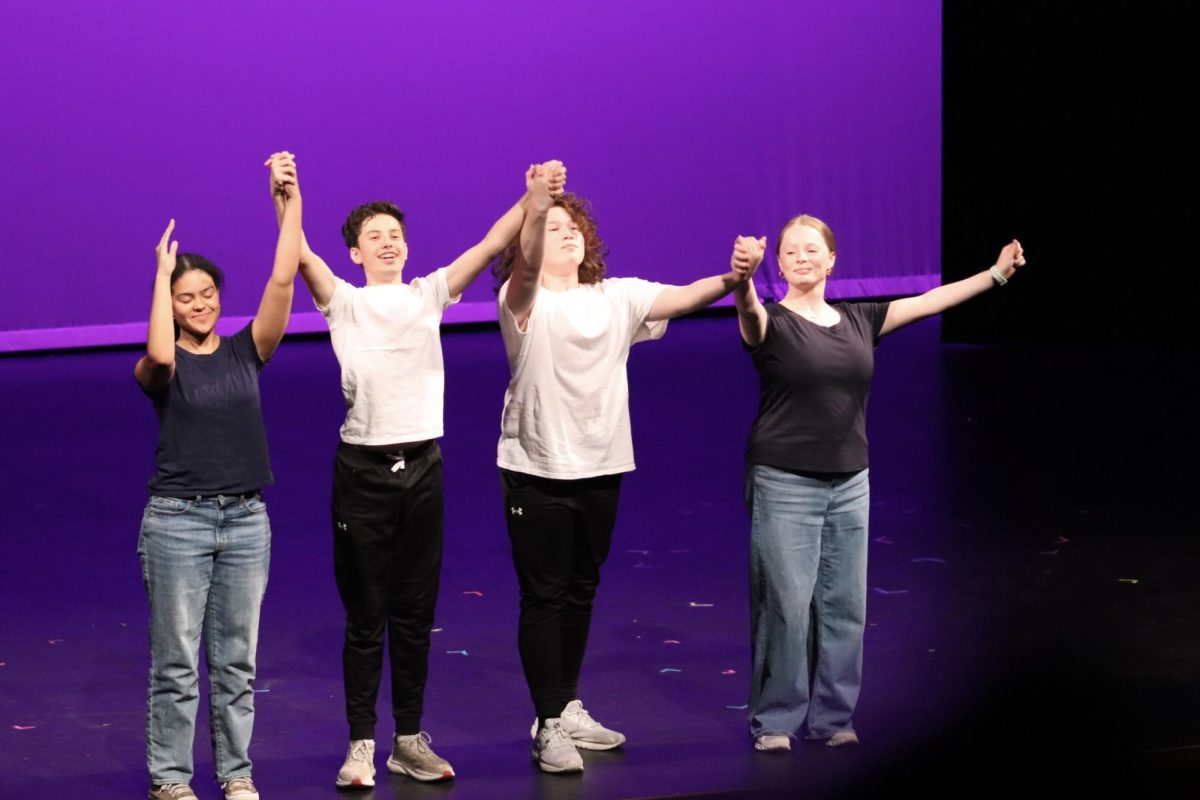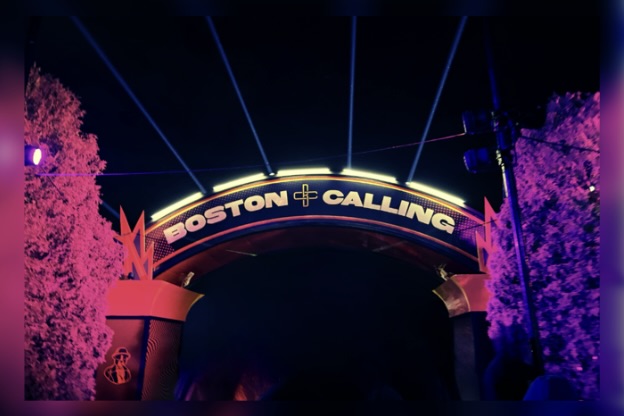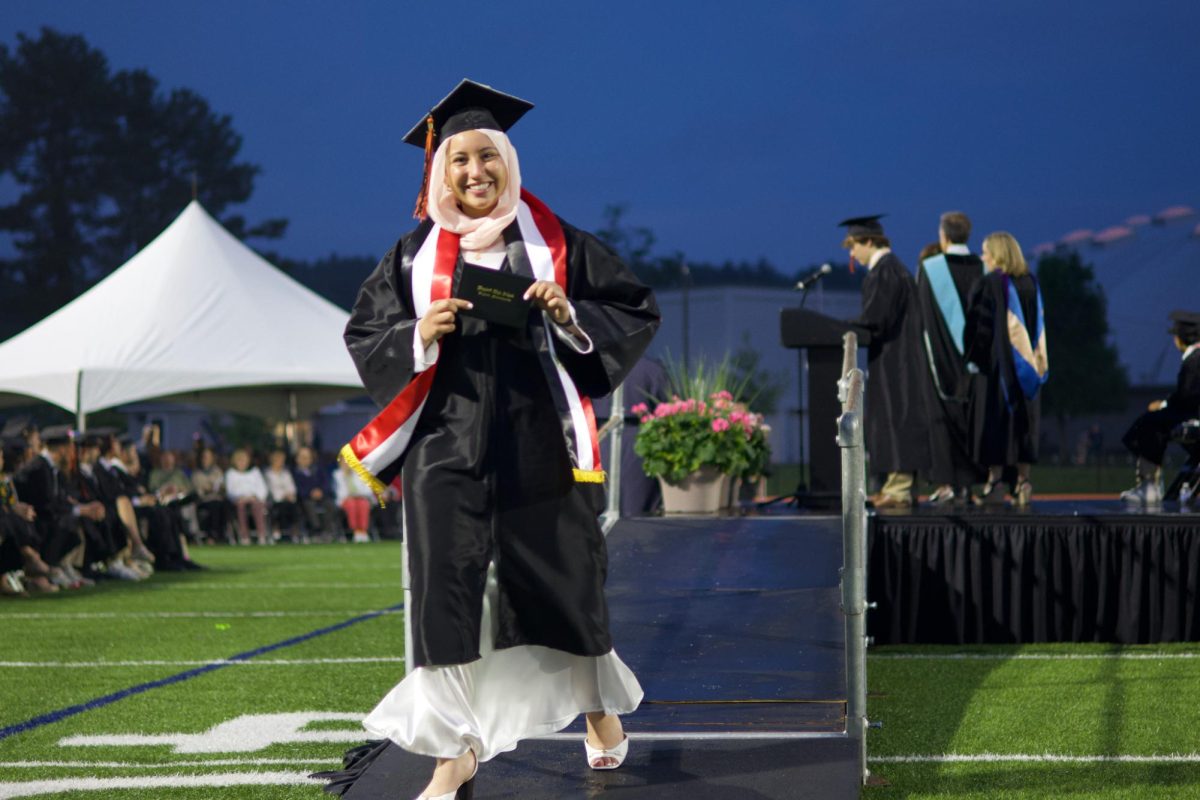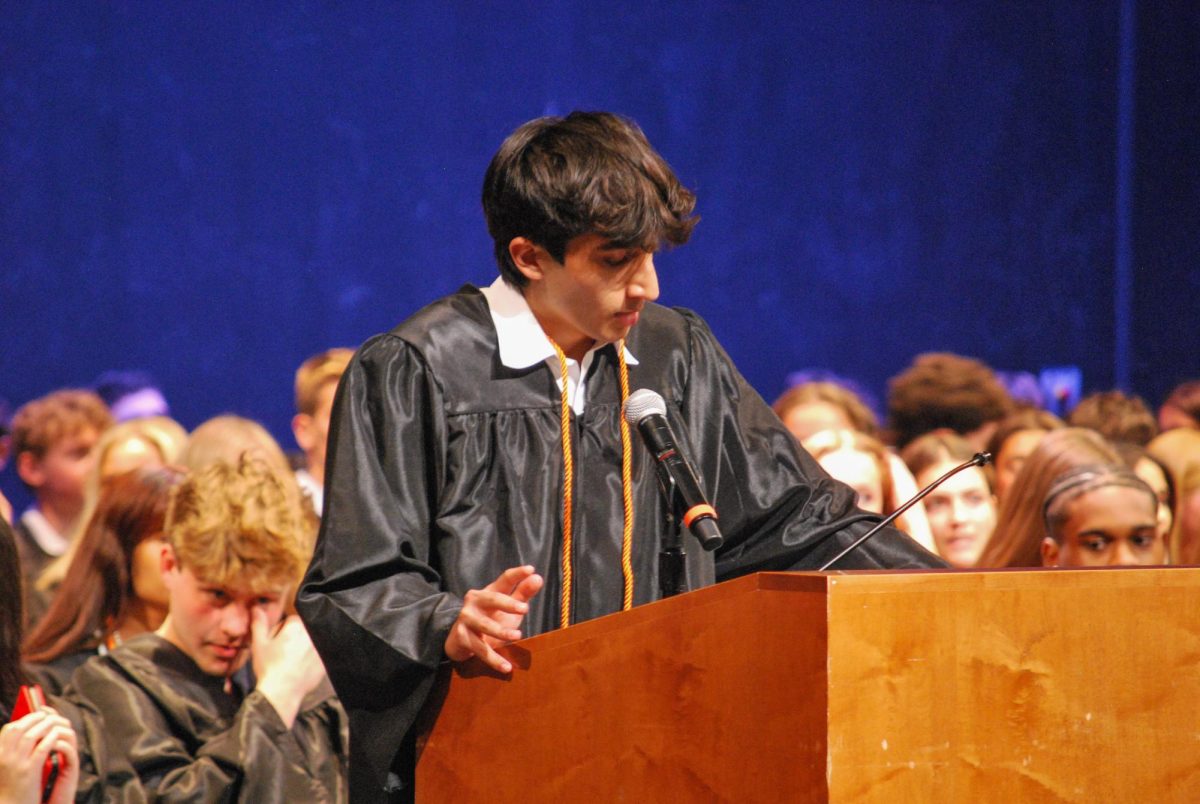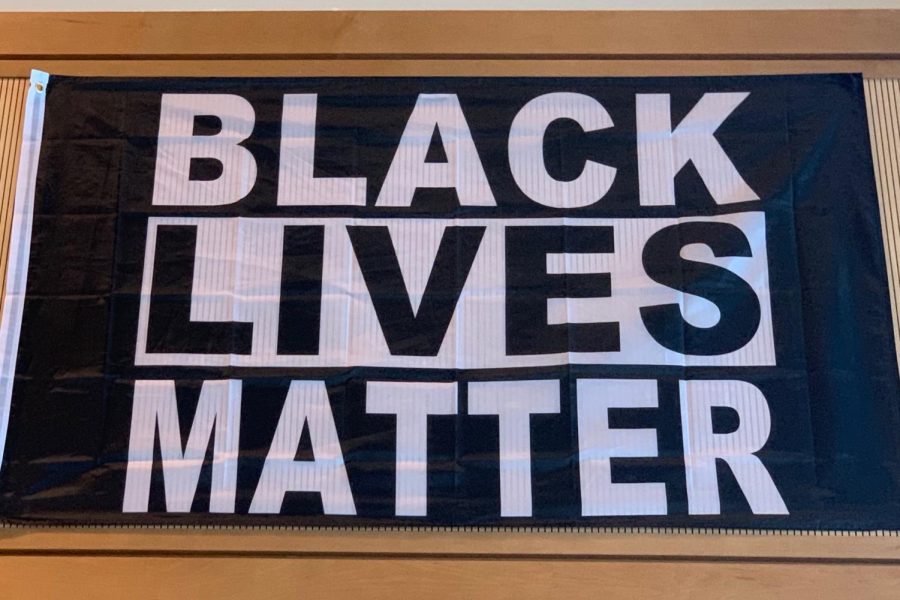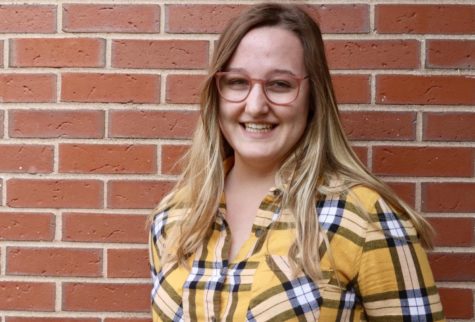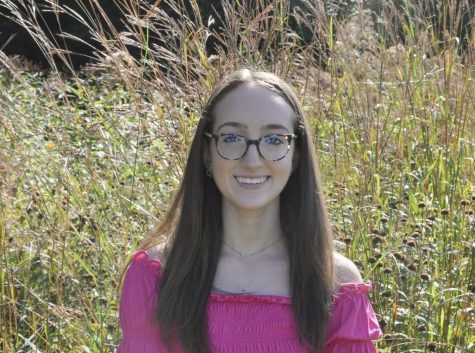Anti-Racism Resolution: A promise for equity at WHS
Credit: Taylor McGuire
The Wayland School Committee unanimously voted to enact an Anti-Racism Resolution for the Wayland Public Schools that will act as a promise to ensure that WPS feels like a safe and equitable environment for all students, regardless of race. “The resolution is really a promise,” Wayland High School Assistant Principal Sean Gass said. “It’s a promise that the Wayland Public Schools will be an anti-racist institution and will take an active role in fighting against forces of oppression.”
March 25, 2021
Picture this: Black Lives Matter flags displayed proudly throughout the schools, discussions and analyses of books written by and featuring people of color in class curricula and classes highlighting previously brushed-aside events and movements in history. With the foundation of the recently passed Anti-Racism Resolution, this could soon be a reality in the WPS.
“The resolution is really a promise,” WHS Assistant Principal Sean Gass said. “It’s a promise that the WPS will be an anti-racist institution and will take an active role in fighting against forces of oppression and telling the stories of groups that have not been included and told in our society as loudly and clearly as they should have been.”
WMS Principal Betsy Gavron and Caroline Han, the District’s equity coordinator, began working on the resolution in September after a spring and summer of social justice protests across the country. Demonstrations against police brutality started in late May after police killed Ahmaud Arbery, Breonna Taylor and George Floyd —all unarmed Black people.
Gavron and Han selected a template anti-racism resolution from the Massachusetts Association for School Committees and brought it to the District’s Administration Council, or “Admin Council,” which is composed of the building principals and other administrative staff such as the superintendent. From there, the resolution went through an editing process to tailor the template to Wayland Public Schools. Each school principal brought the draft to their staff to get feedback prior to the resolution’s presentation to the school committee.
Current sixth-grader Skyler Dixon sent Gavron an email in December expressing her desire to see more statements of inclusivity for Black and Brown students, especially in the form of a Black Lives Matter flag.
“I don’t feel comfortable at school,” Dixon wrote Gavron in an email. “Every day I walk the halls of my school, and I see pride flags everywhere, and I don’t have a problem with that, but where are the Black Lives Matter flags? I saw a pride flag that said ‘this is a safe place’ but safe for who? I feel like the LGBTQ community [is] more important than the Black kids. We’re struggling too. Where are our flags? Where is my safe place?
When the Admin Council reached the final version of the resolution to present to the school committee, WHS Assistant Principal Laura Cole and Gass brought the document to the Student-Advisory Council at the high school.
The Student Advisory Council is a group of students from each grade level at the high school who meet with Cole and Gass during the Wednesday Advisory period to discuss what students feel are important issues that need attention at the school.
“We’ve been learning about how to be activists in the school, and we’ve been talking about these big school issues and [said to students], ‘this is an opportunity for you to say something if you feel strongly about this,’” Gass said. “A number of them said, ‘yes, I feel strongly about this.’”
Two WHS juniors, Sarah Alizadeh-Shabdiz and Eliya Howard-Delman, worked together with Gass, Cole and the rest of the Student-Advisory Council to craft a statement in support of the resolution to be presented at the school committee meeting at which the resolution would be voted on.
“I’m hopeful that the resolution will help Wayland take small steps, but obviously a resolution to alter the curriculum and diversify the staff will not fix everything. There will still be issues, and flying the Black Lives Matter flag will not solve all these issues. I think that even the smallest steps will help create a safer environment for [Black, Indigenous and People of Color] students, and Wayland is taking steps in the right direction,” Howard-Delman said.
Howard-Delman and Alizadeh-Shabdiz acknowledge that a resolution will not fully end the racism that occurs at WHS, but they see it as a good start to making the Wayland community feel safe for everybody.
“I… thought that it was definitely a great first step towards making all students feel comfortable in the community, especially African American students,” Alizadeh-Shabdiz said.
Gavron and other administrators also gave public comments at the school committee meeting.
“We want to be able to hang Black Lives Matter Flags in our schools,” Gavron said in her statement. “I want to raise one in our cafeteria alongside the progressive Pride Flag and the Human Rights Flag because symbols matter. All students from marginalized groups need to see these symbols of safety that say ‘we see you, and you matter here in our community.’ They send a message loud and clear that we are a school that doesn’t turn our back on racism or any -ism.”
The school committee passed the Anti-Racism Resolution unanimously.
“People are happy this happened,” Gass said. “But the next thing they say is…, ‘Okay, what’s going to happen as a result of this? Is it just some words on a piece of paper? Just some words on a page that the school committee said, ‘yeah that sounds like a good idea,’ or will this actually be turned into action?”
Gass said school administrators will incorporate anti-racism education into classrooms by addressing three levels: the individual, the classroom and the system.
The “individual level” looks at how teachers view anti-racism and learn to instruct their students about anti-racism.
“One part is the individual: teachers’ understanding of anti-racism,” Gass said. “We all come to this work with different levels of comfort and understanding and all of us have to spend time working to understand how racism works in our society. Some of us have spent years doing that, and [for] others, this is not part of their lived experience, so it’s new for them. That’s going to involve training and exploration and readings and reflection.”
The “classroom level” addresses curricula choices in individual classrooms and students’ experiences. Examples of what this could look like in action include pedagogy choices, more inclusivity within curricula and more diverse course offerings.
Gass said one course WHS staff hope to offer next year is a project-based social justice elective. Anti-racism education will also be inserted in the freshman seminar FLIP, which already deals with issues of identity.
“What’s going to be happening in the classroom is probably going to vary widely depending on the classroom,” Gass said. “In English, it could be choosing this novel. In chemistry, it could be ‘We’re going to look at how we’re going to get study groups for students of color or students who don’t live in Wayland, and here’s what we’re doing to get started there.’ History could be, ‘we’re going to learn about this particular movement.’”
Alizadeh echoed the need for inclusive curricula.
“The education in classrooms is also very important because knowledge is definitely power, and the more we learn about African American history, the more we can understand what is going on today,” Alizadeh said.
The “systemic level” addresses administrative and support issues. For example, staff will look at the distribution in AP and honors classes and reflect upon the barriers that may be in place that prevent BIPOC students from entering those AP and honors classes—and accessing the resources and extra help needed to succeed in high-level courses.
According to Gass, the systemic piece will be a broader, whole school examination.
In order to make this change a reality, Gass knows this resolution can only be the start of the progress to come to WHS.
“To reiterate, I’m looking forward to using this as sort of a jumping-off point and really digging into this work both with students and teachers and with our community because I think it’s really exciting—it’s necessary—and there’s no time like the present,” Gass said. “It’s been too long, and we need to make progress.”
With the school committee’s adoption of the resolution, WPS now has the right to display Black Lives Matter flags in school buildings and the necessary foundation to incorporate anti-racism education into WPS.
“Before, parents were saying they didn’t want the Black Lives Matter flag to be shown, and Wayland had nothing to back themselves up. Like, no rules or anything, but now they have the backbone,” Howard-Delman said.
Gass echoed the importance of the resolution as a support document that ensures the school’s ability to execute statements of anti-racism education and anti-racist education.
“Sometimes when it comes to anti-racist education, one of the critiques is that’s not what we’re here for,” he said. “That’s the parents’ job, or that’s the community’s job or that’s the government’s job. Really we’re just here to learn how to read, write and add. Stop telling my kids what to believe. [The resolution] takes a step in saying no, we’re here for a lot more than that. We’re here to help them think and learn how to navigate a really complex and sometimes terrifying world and how to work against oppression and not become complicit in it and to not put blinders on. That’s what we’re here to do.”
Gavron similarly feels educators are obligated to address the difficult conversations.
“At times when staff work with students around these issues with their students [they] encounter push back from some families,” Gavron wrote in an email. “Having the full backing of the school committee around anti-racist education enables them to be supported in this critical work, and there is a clear priority throughout the district to actively teach anti-racism.”
Across the District, administrators are excited to begin the work to make WPS a more inclusive, anti-racist space for all students. Gass summed up his feelings about the resolution.
“It… says we have a responsibility as educators who are preparing our students for the broader world to address racism, address oppression, address bias and incorporate that into our teaching. Otherwise, we’re not doing our job,” he said. “That’s an incredibly important part of us.”

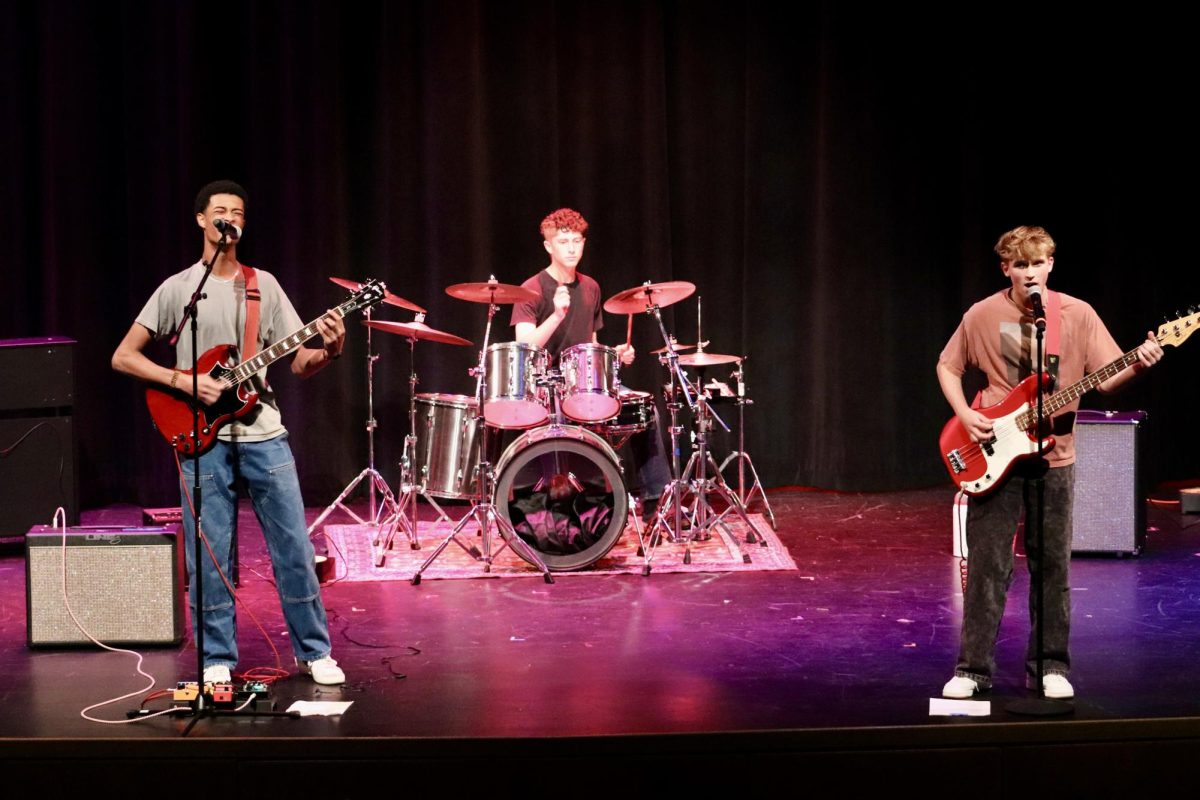



![Last Wednesday, the Wayland School Committee gathered to discuss a number of topics regarding the health curriculum and Innovation Career Pathway course. Another large topic of conversation was the ways to potentially mitigate distracting cell phone usage. "These [phones] are going to distract your learning and social relationships," Superintendent David Fleishman said. "That's concrete right there."](https://waylandstudentpress.com/wp-content/uploads/2025/06/Screenshot-2025-06-04-at-9.49.31 PM-1200x886.png)





